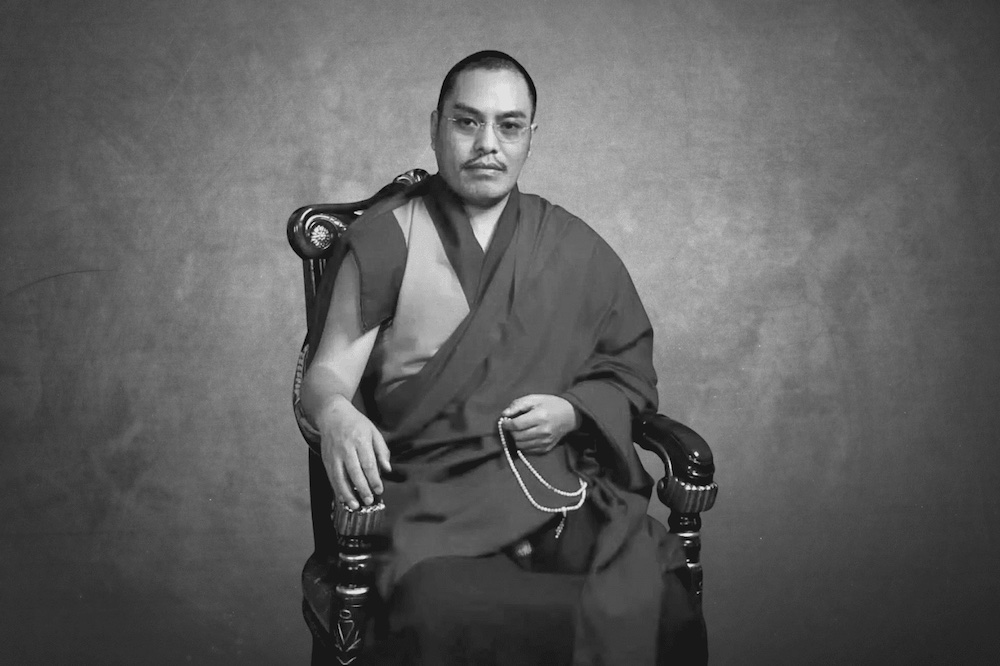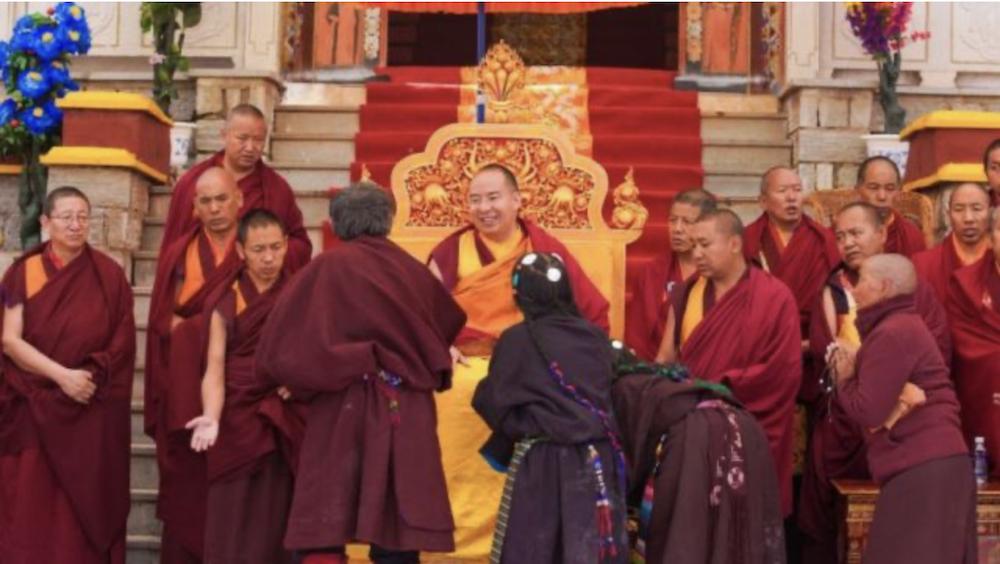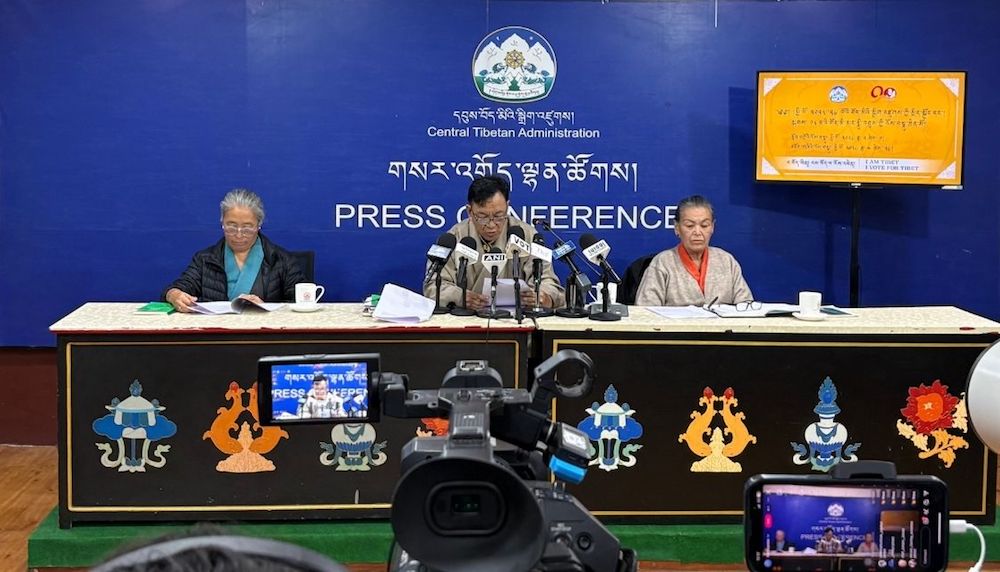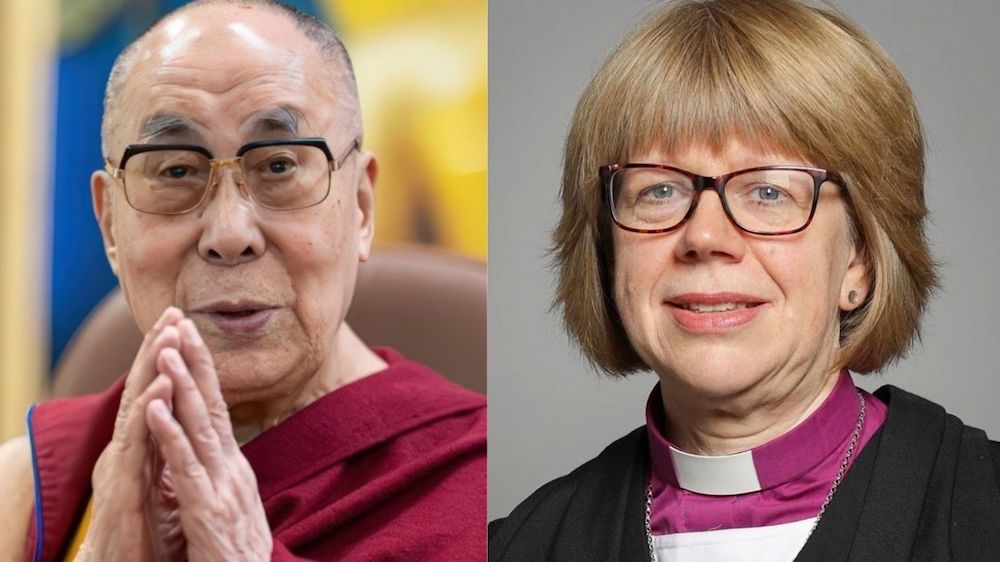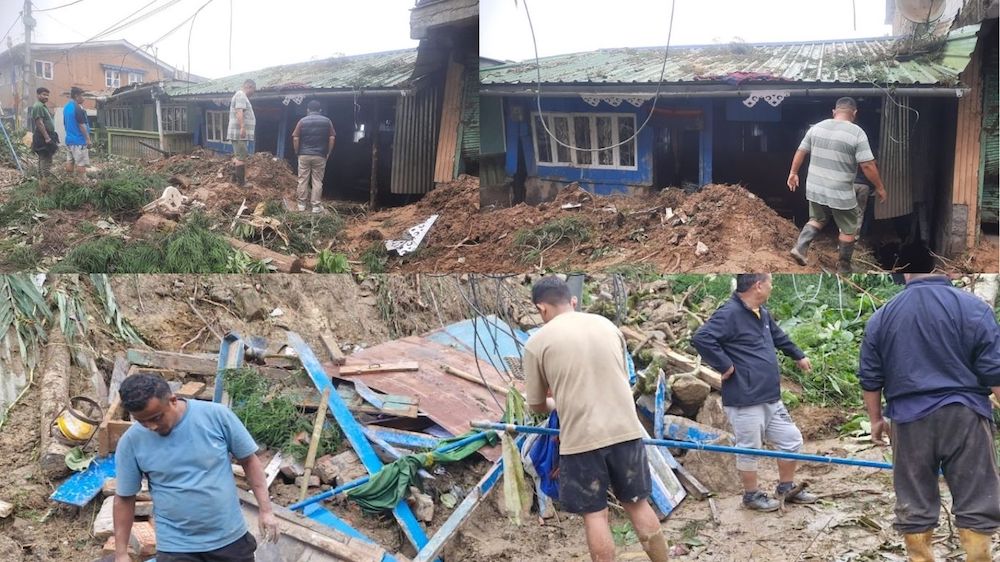Tsering Dhundup
DHARAMSHALA July, 14: As the world celebrates the 90th birth anniversary of His Holiness the Dalai Lama, veteran journalist, Tibetologist, and photographer Vijay Kranti has paid a personal and visual tribute to the Tibetan spiritual leader through a weeklong photo exhibition titled “My 50 Years With Dalai Lama” held at the AIFACS Art Gallery in New Delhi from July 4 to 10.
The exhibition featured a rare collection of historic and intimate photographs drawn from Kranti’s five-decade association with the Nobel Peace Laureate.
Kranti first met His Holiness the Dalai Lama in 1972 at the age of 23 and went on to become one of his closest chroniclers, capturing the spiritual leader in a wide range of settings—from public engagements to candid moments of reflection and interaction. His photographic documentation spans India and several other countries, where he often served as the Dalai Lama’s personal photographer during interviews and travels.
The exhibition was inaugurated on July 4 by Balbir Punj, senior journalist, columnist, and former Member of Parliament. The event saw participation from dignitaries including Wilson Chang, Counsellor at the Taiwan Economic and Cultural Centre; Jigme Jugney, Representative of His Holiness in New Delhi; and Rev. Acharya Yeshi Phuntsok, former Deputy Speaker of the Tibetan Parliament in Exile. A vibrant presence of Delhi’s Tibetan community, dressed in traditional attire, added to the spirit of the occasion.

Punj, in his inaugural address, highlighted the civilisational ties between India and Tibet and emphasised the strategic and cultural importance of a free Tibet. He criticised Chinese President Xi Jinping’s attempts to interfere with the Dalai Lama’s succession and the reincarnation process, calling it a continuation of political overreach into Tibetan religious traditions.
One of the standout photographs on display captures a rare moment from January 23, 1979, showing Indira Gandhi, then out of power, attending the inaugural ceremony of Tibet House in New Delhi as a common attendee while the Dalai Lama addressed the gathering. “She just appeared in the crowd next to me. I had to step back to frame both her and His Holiness in the same shot,” Kranti recalled.
Another iconic image from September 1980 depicts the Dalai Lama playing the traditional drums of a Beda family in Ladakh. The moment was part of a larger gesture by the Dalai Lama to counter caste-based discrimination faced by the Beda community from the local Buddhist clergy—a symbolic and powerful act that reinforced his commitment to social equality.
Additional photographs showcased the Dalai Lama receiving a Guard of Honour from the Indo-Tibetan Border Police near Leh, riding a yak in Zanskar Valley, reading a magazine at his Dharamshala residence, and several compelling light-and-shadow studies of the Tibetan leader that have earned Kranti international recognition.
A parallel exhibition of Vijay Kranti’s photographs is also being held in Freiburg, Germany, underlining the global interest in the Dalai Lama’s life and Kranti’s visual documentation.
With a photographic archive spanning over 53 years, Kranti’s work is widely regarded as one of the largest single-author collections on the Tibetan struggle and the Dalai Lama’s journey. His previous exhibitions have been showcased in venues across Germany, Austria, Switzerland, Spain, and Australia.






